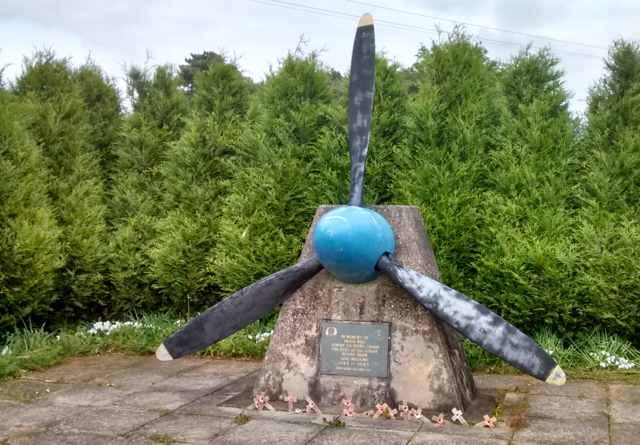in still air and shadows at the Colindale RAF museum. They look empty, no sense of the crews that blew life into them. Lambert’s cracking up in Len Deighton’s Bomber, he’s starting to think the machines fly themselves to target, that the war’s all about steel and hydraulics and engineered precision killing. It reminds me of the museum visits – the crews are missing. And how did people even fit inside these things? I think of a time trying to drop down through the driver’s hatch of a tank, the sense that the machine’s creators had taken a solid lump of metal, scooped out a space just big enough to crawl into, a sleeping bag crevice wrapped in wires, pipes and sharp edges and then pressed the driver in, tearing his elbows and knees and face in his scramble to get away from the bullets and the blasts and the battlefield roar. I wonder if Lambert’s right and future wars might be fought with no crews, just a satellite link and machine logic. But then I’m out with the kids today and we reach a village, see the memorial to the crews stationed here a lifetime ago. No graffiti or scarring on the prop, only the paint wearing away. Flowers and a few crosses, the grass clipped short. War touches people and lingers deep. It stems and ends from human will.

